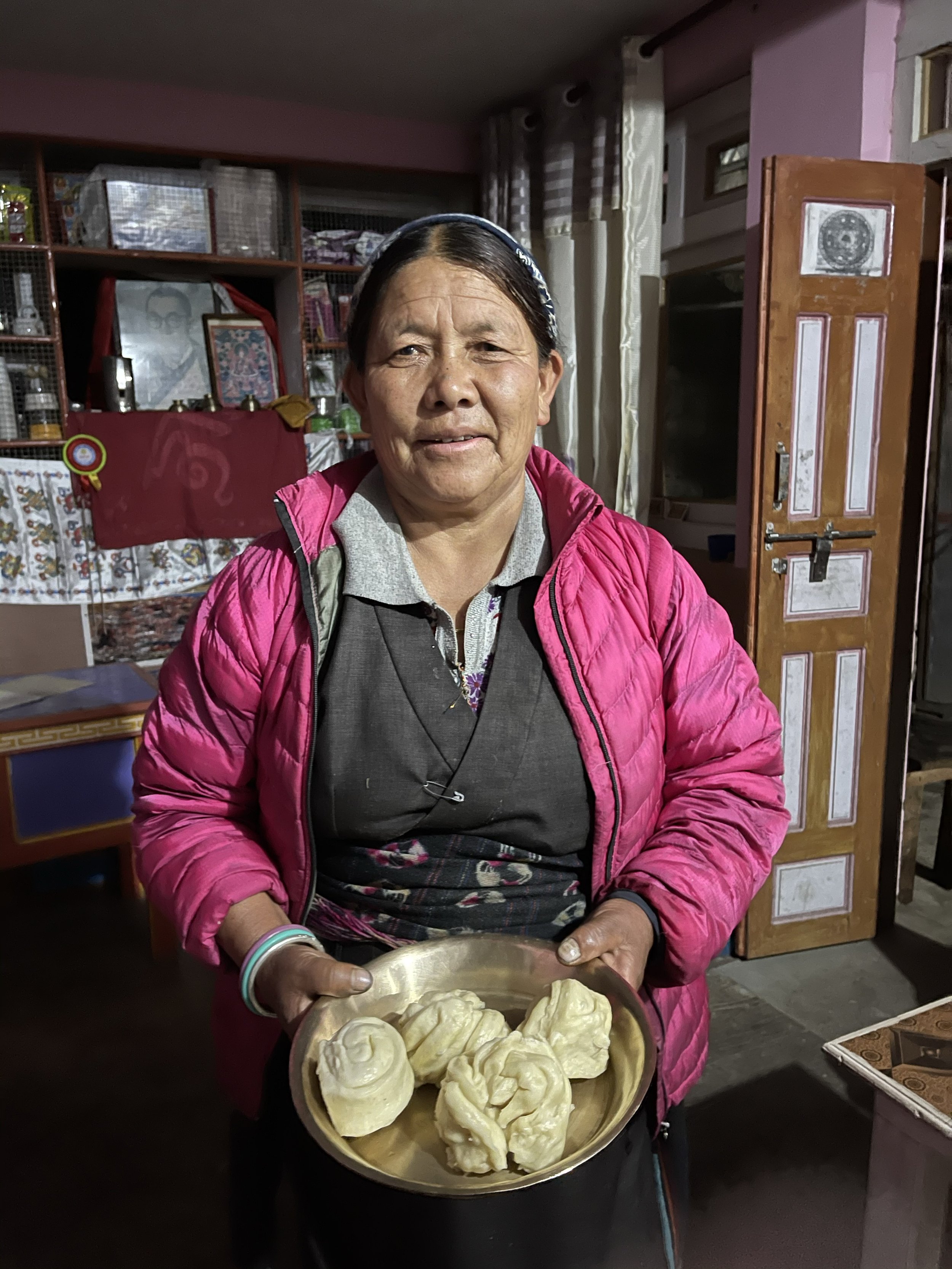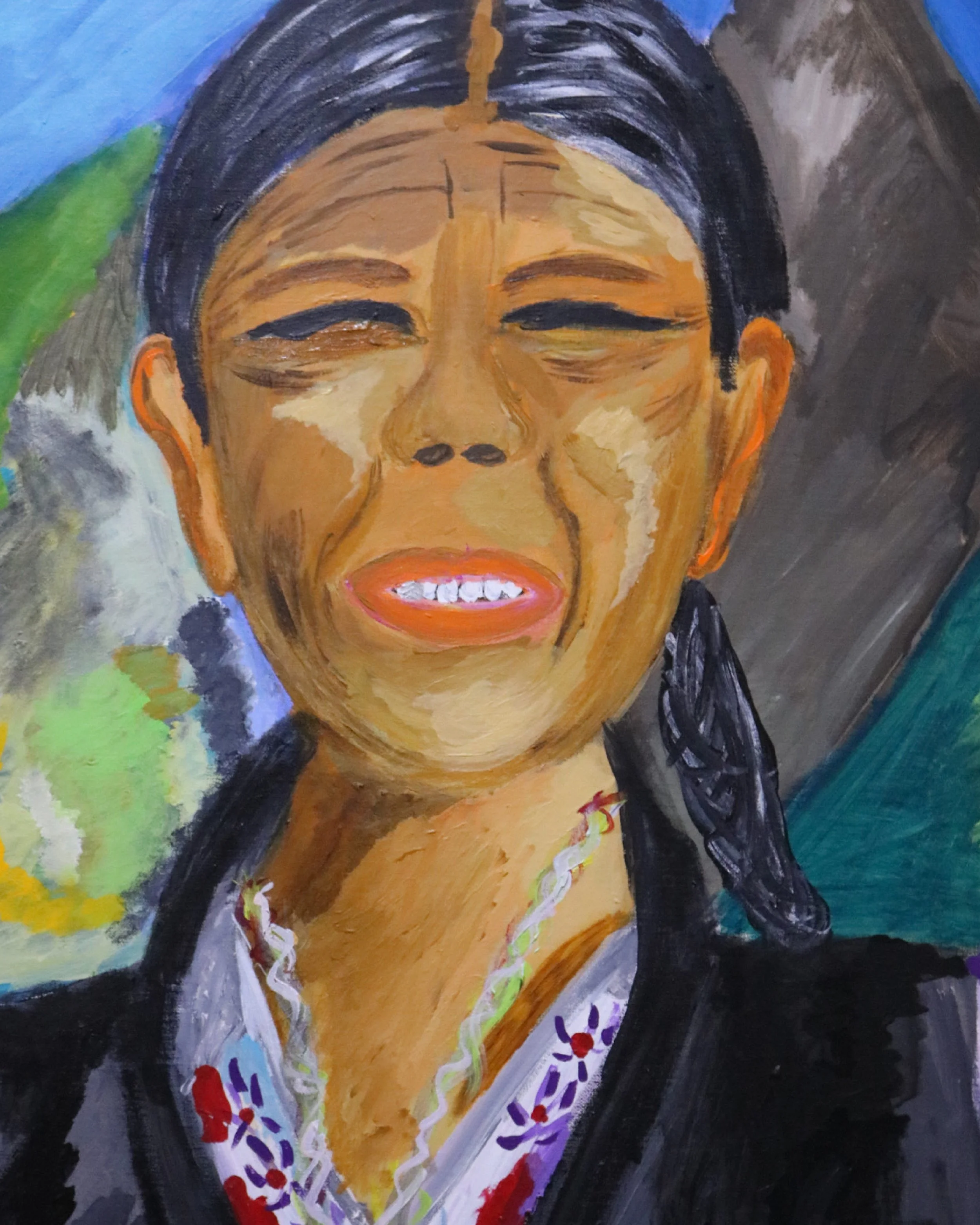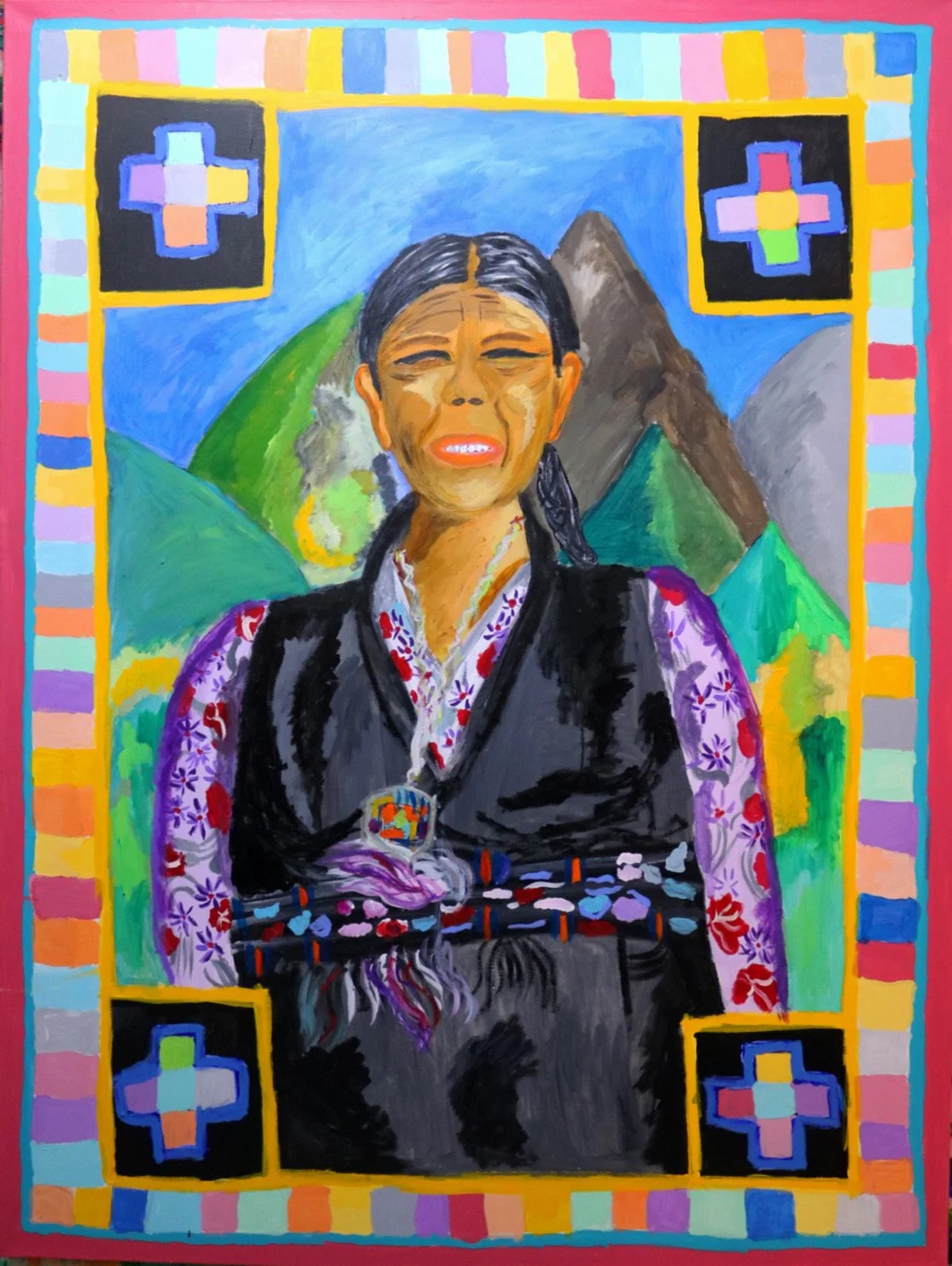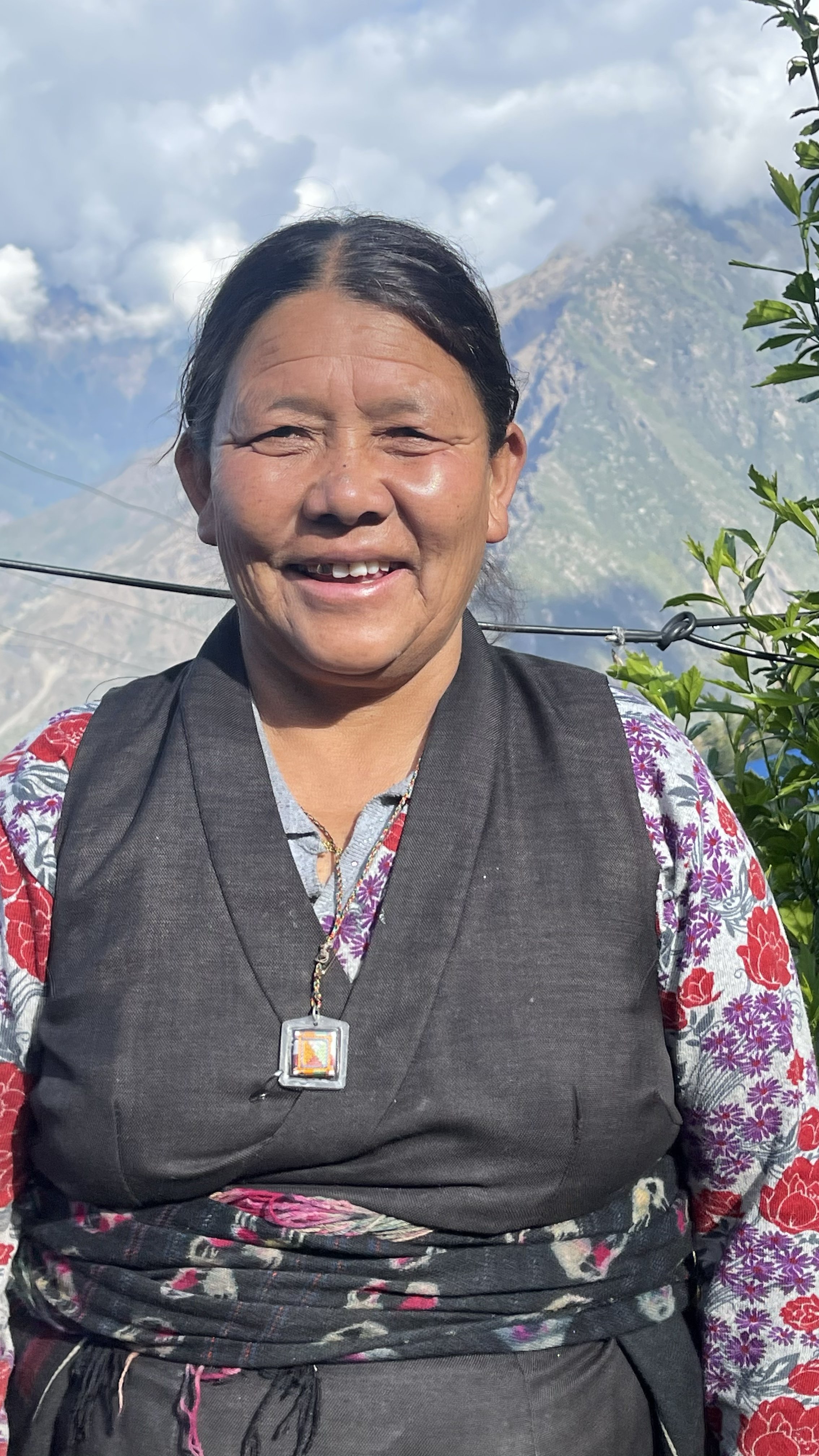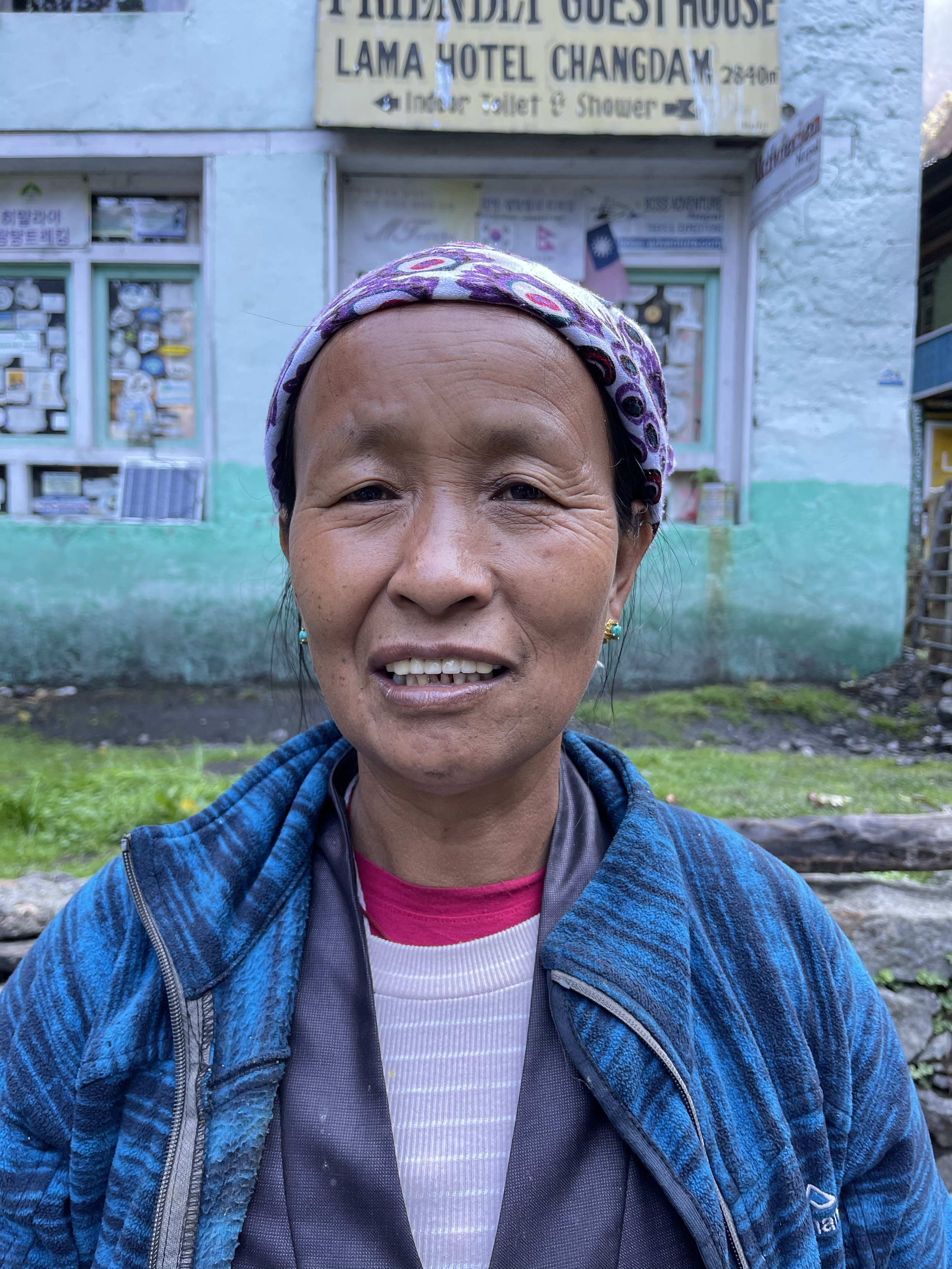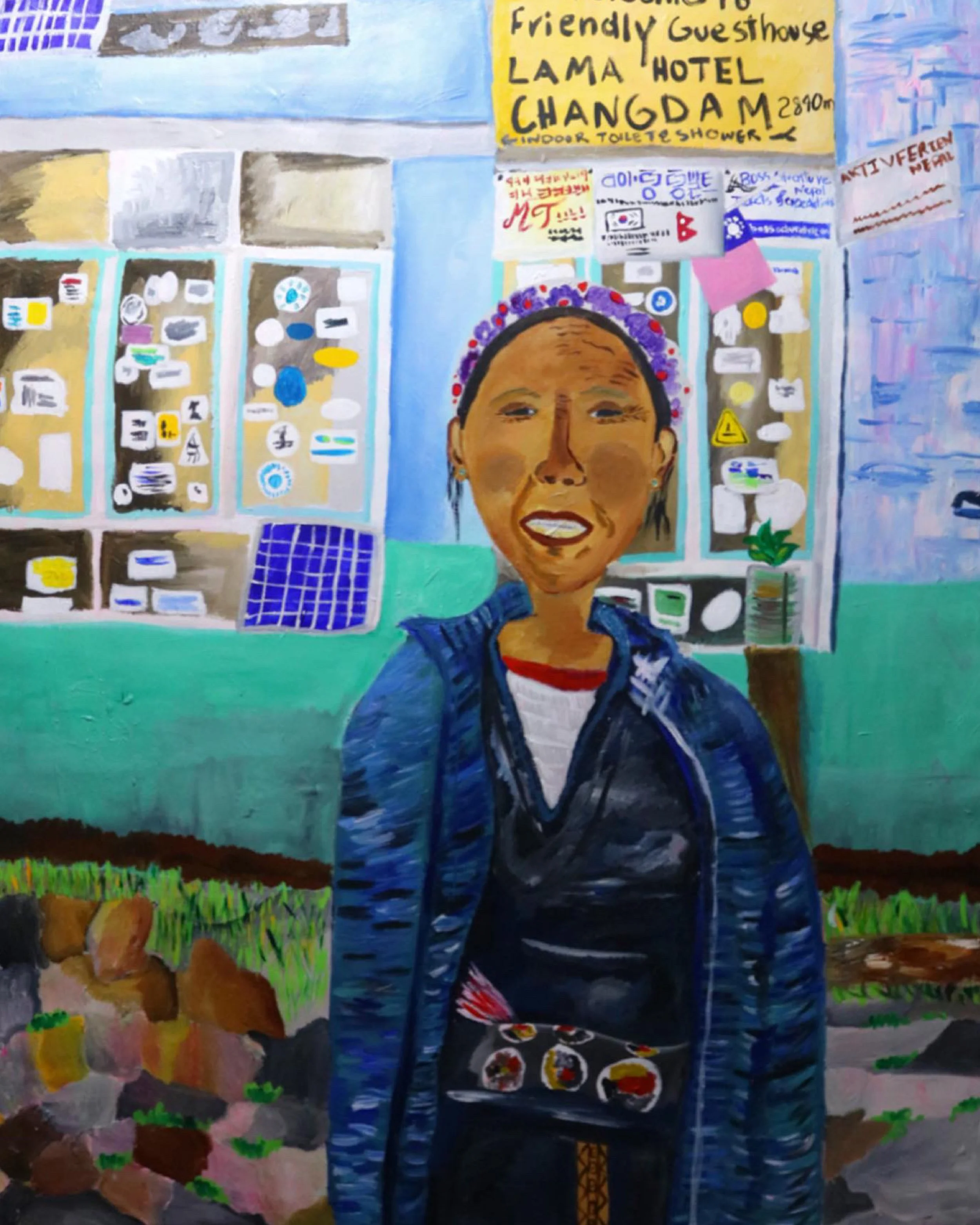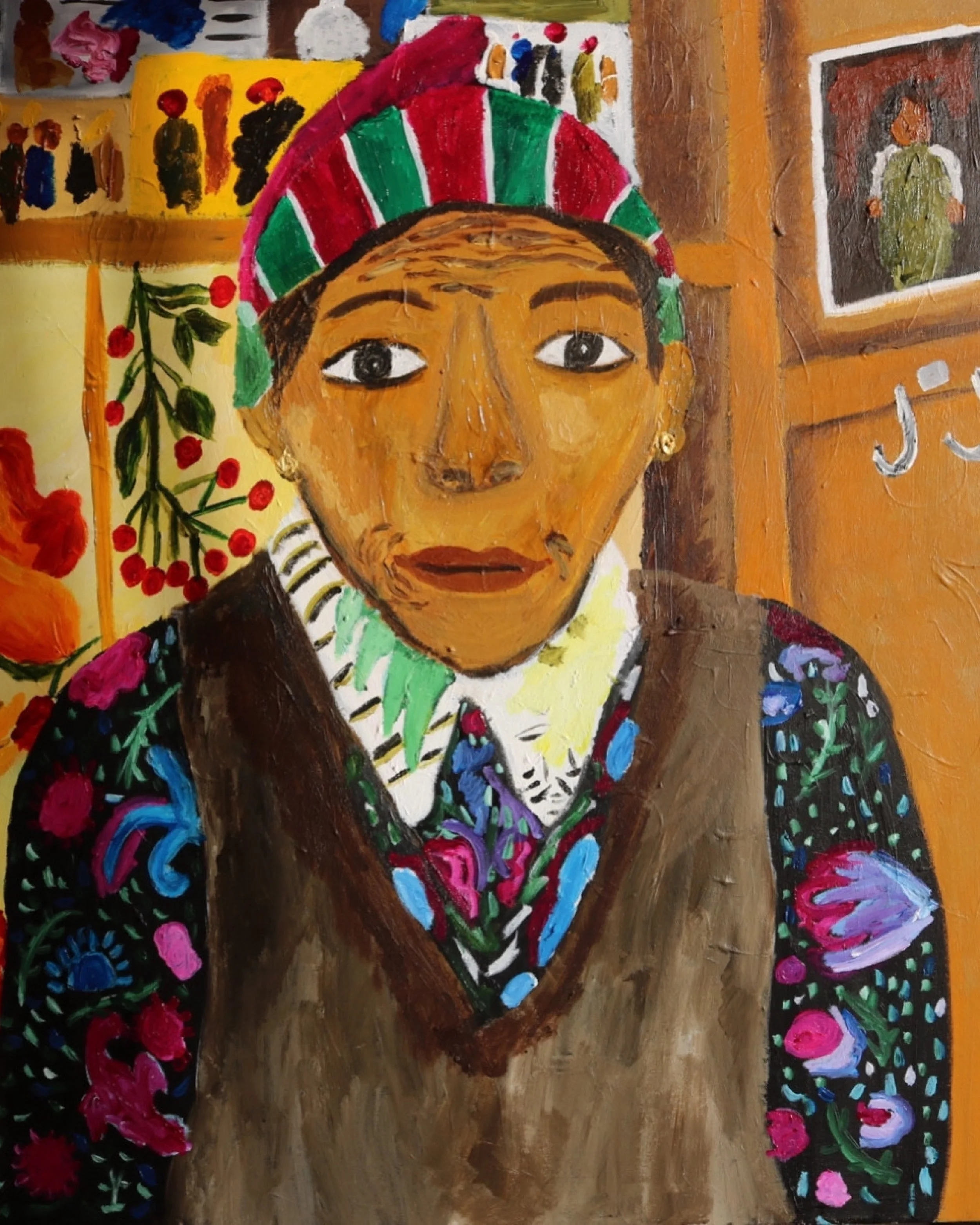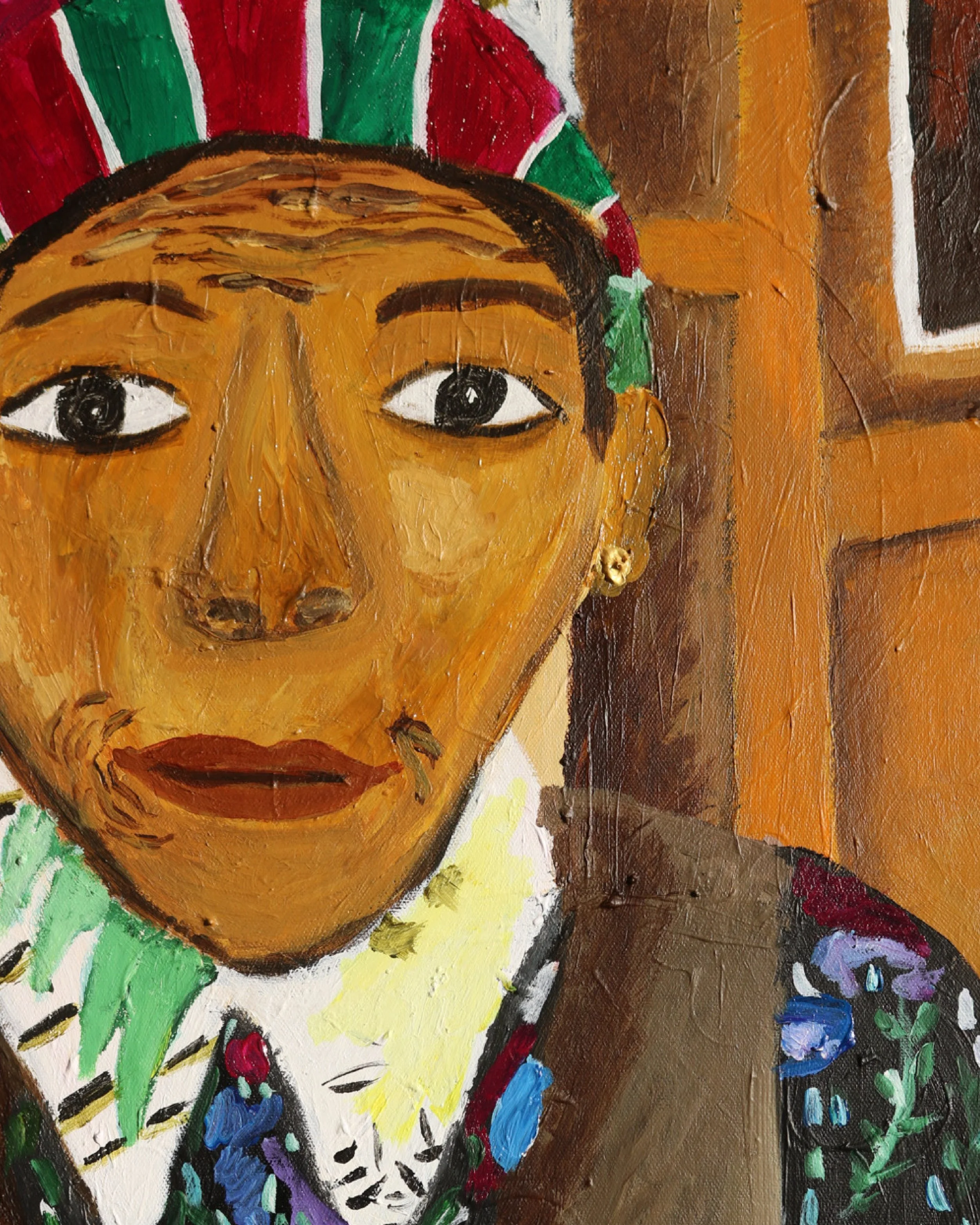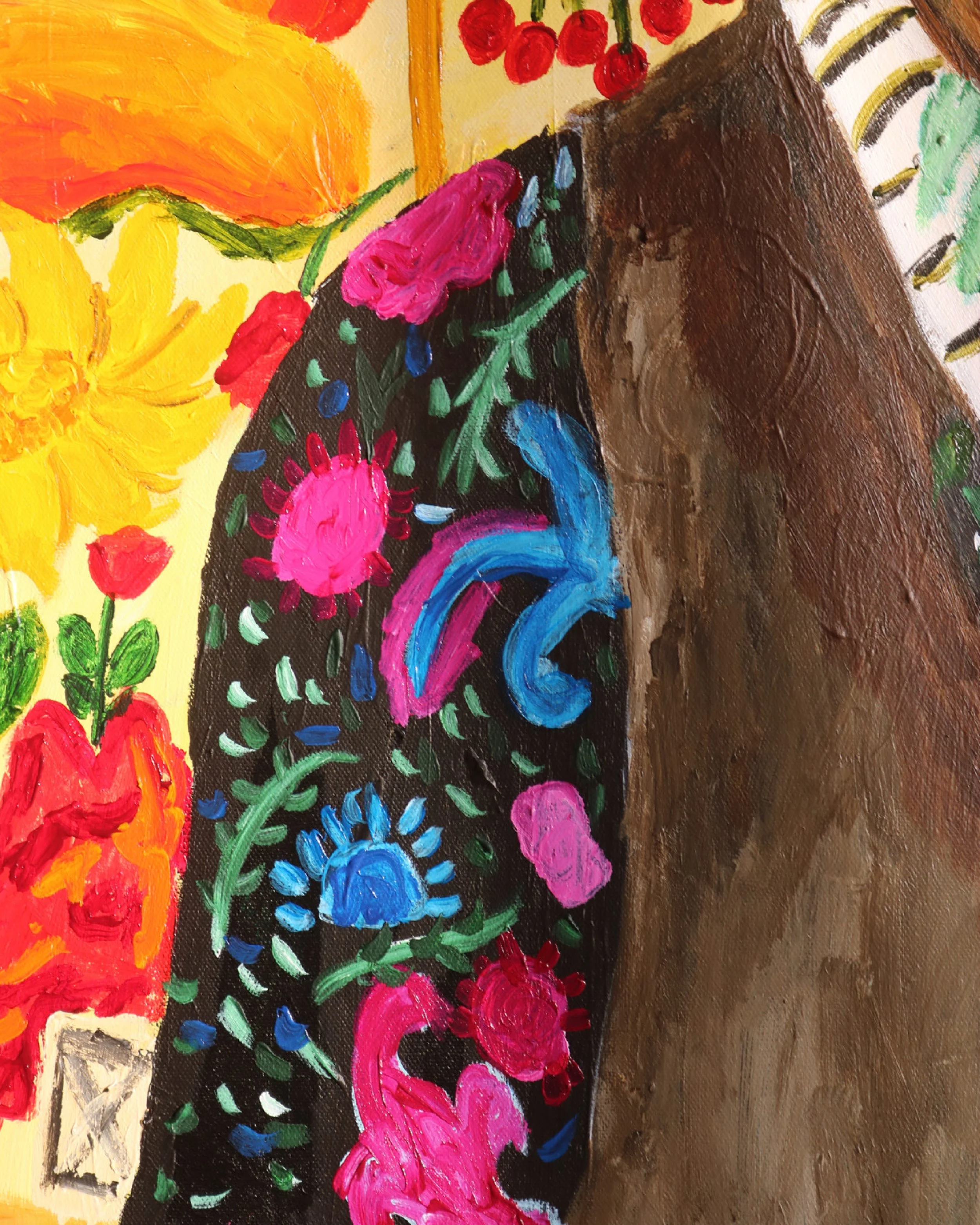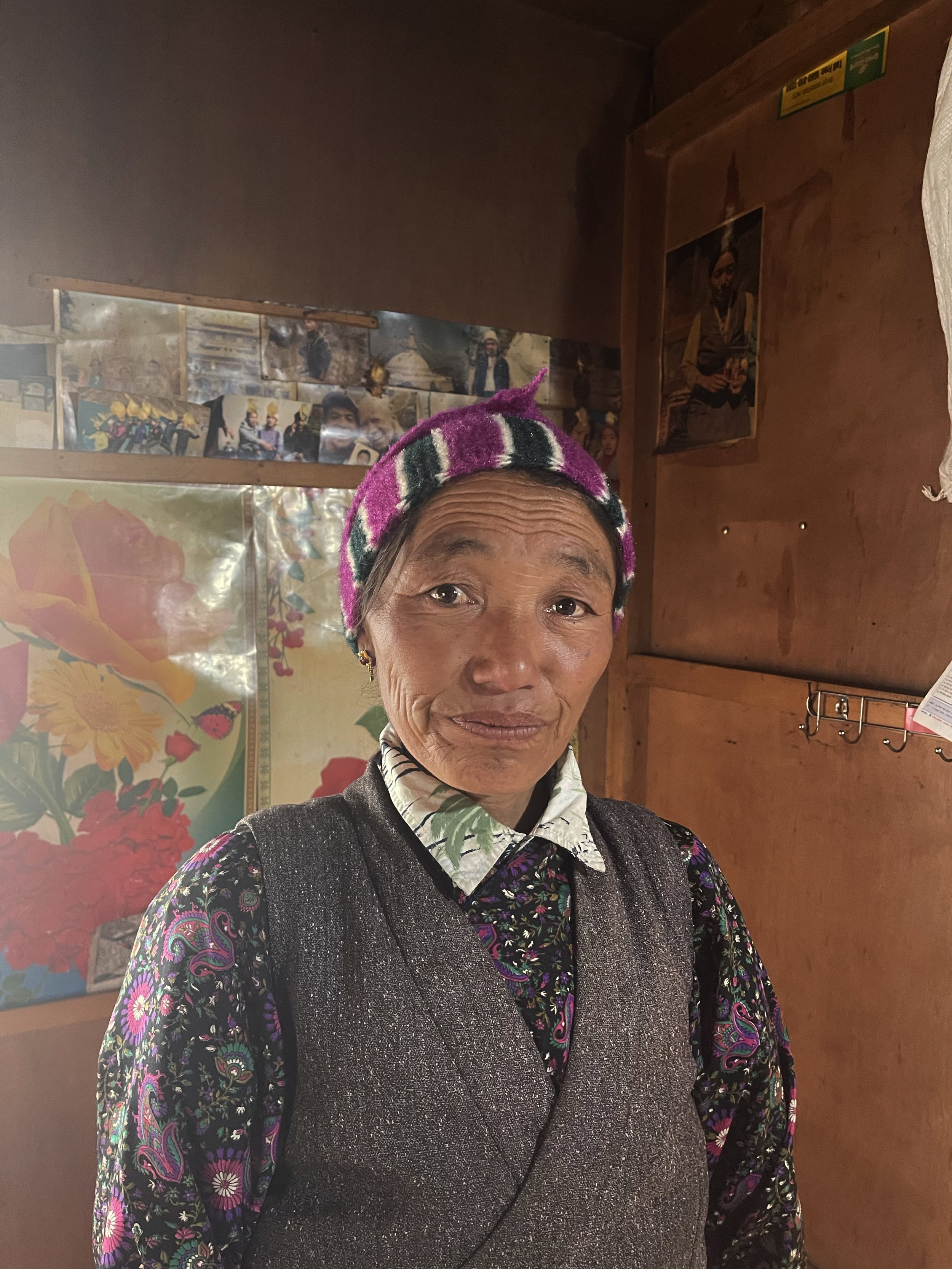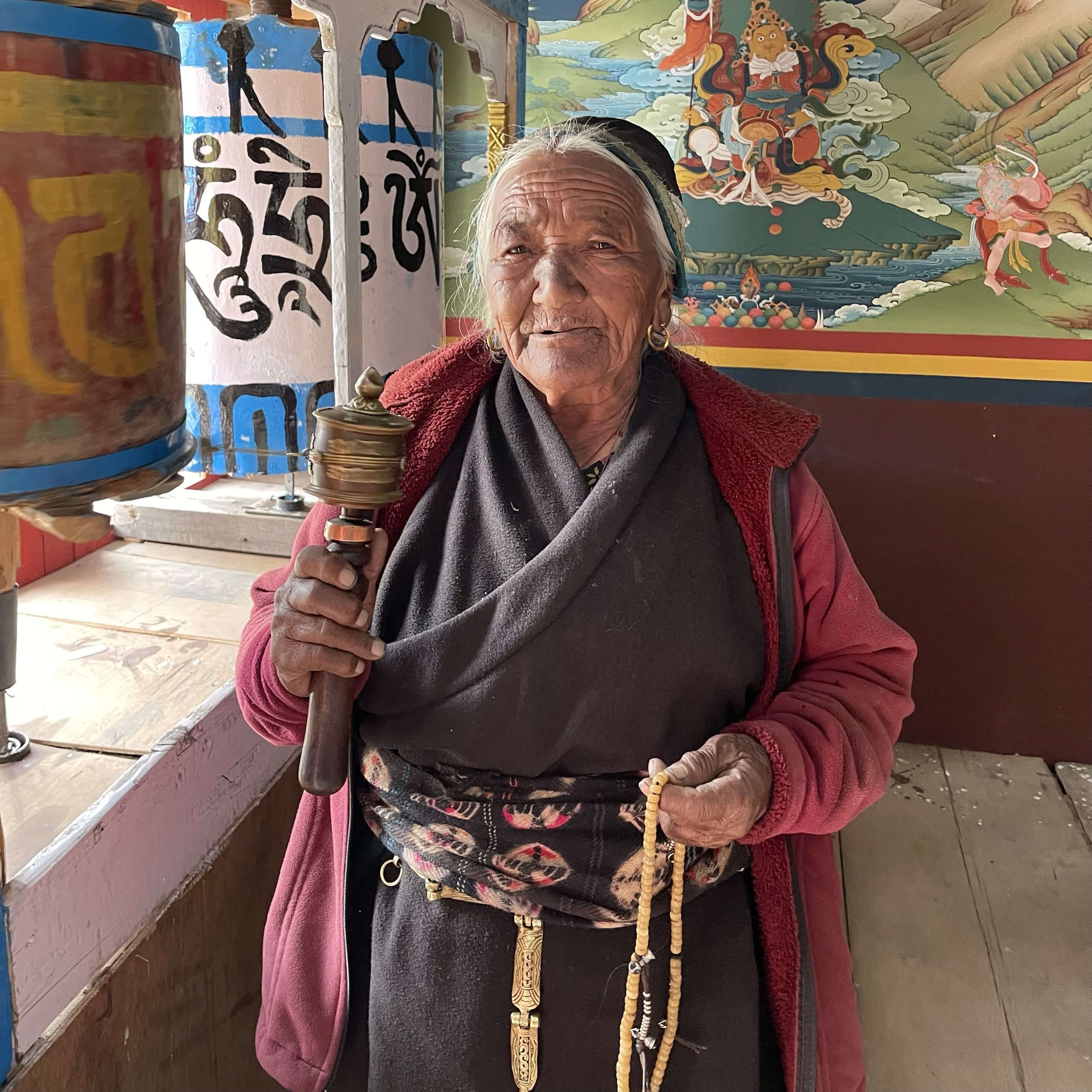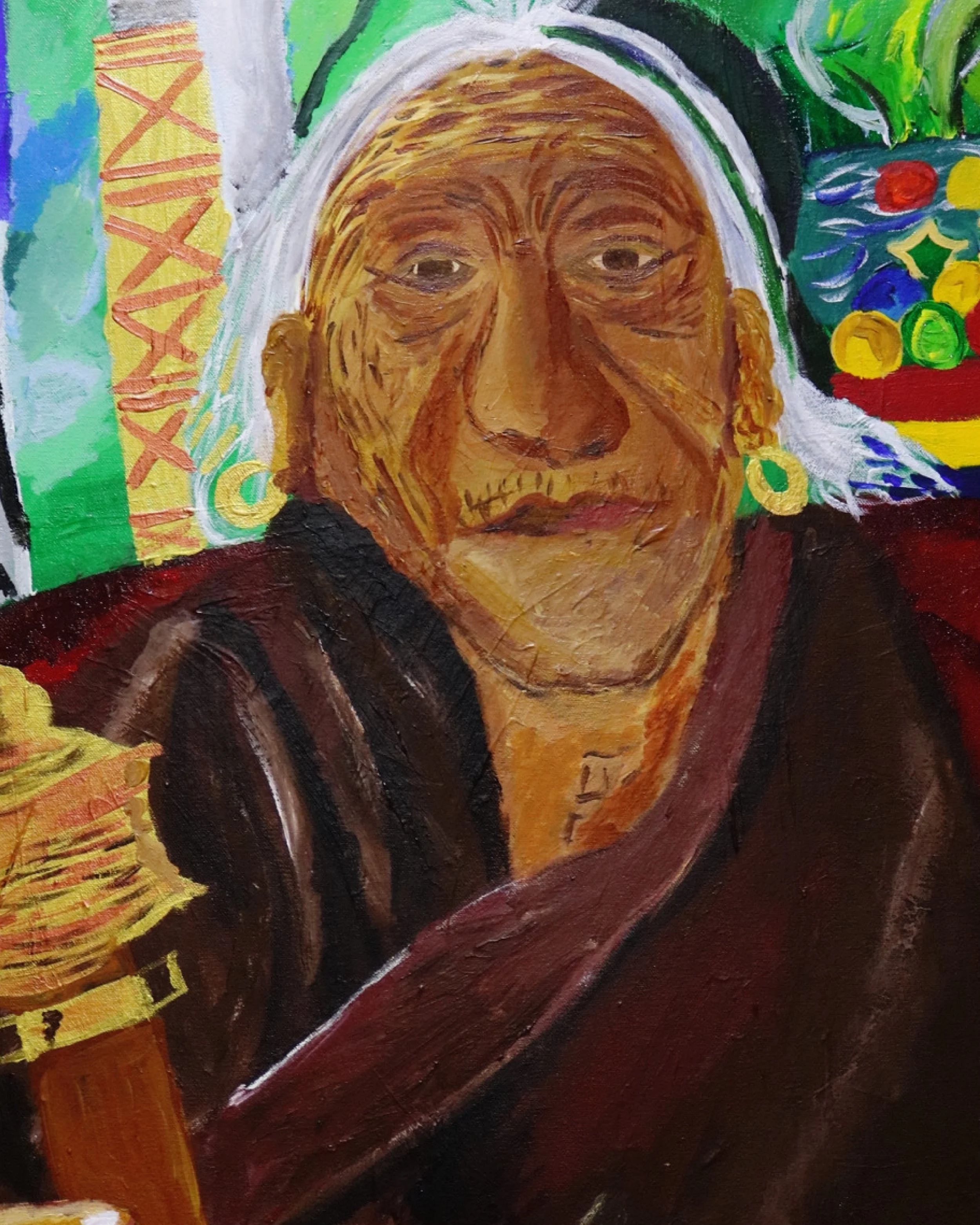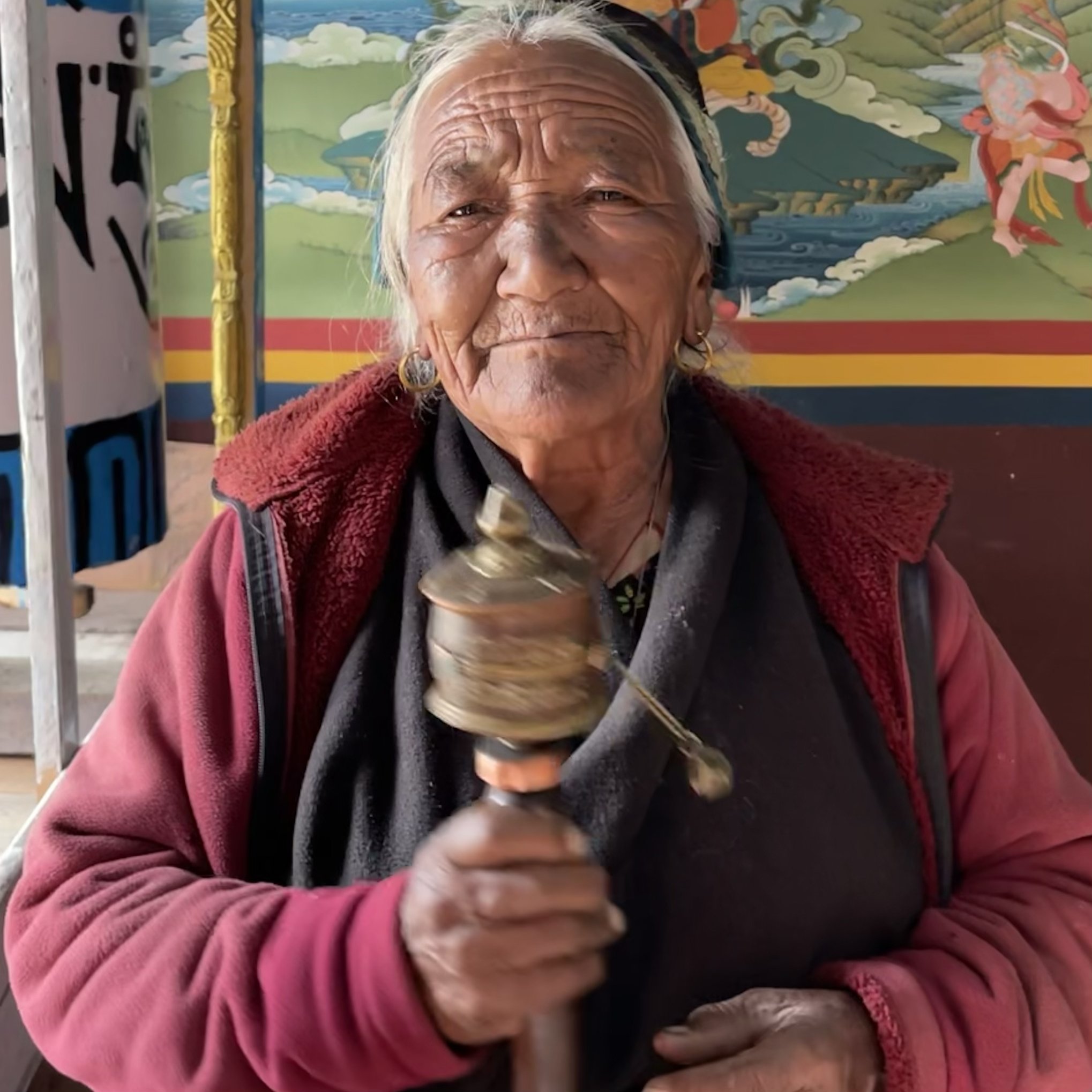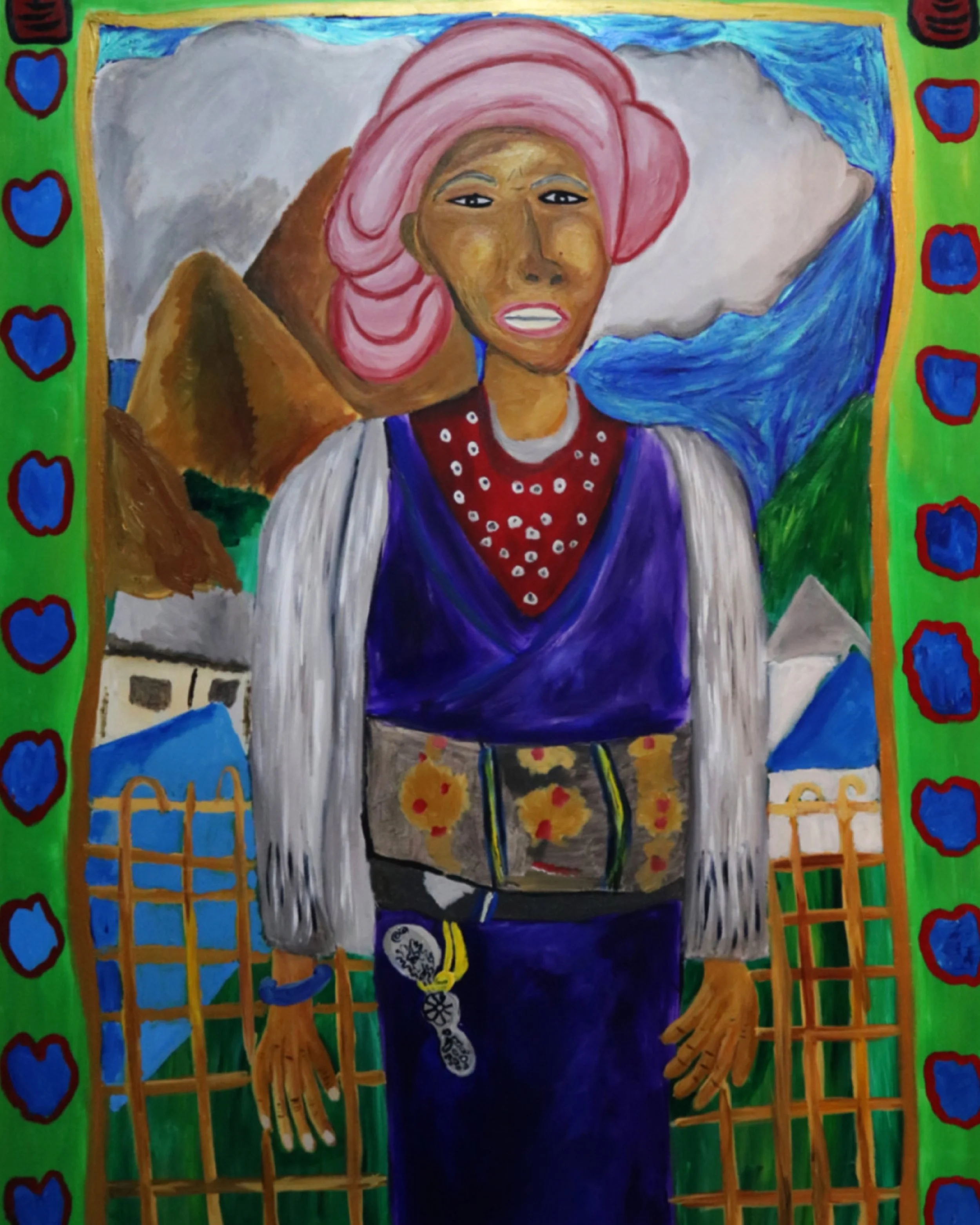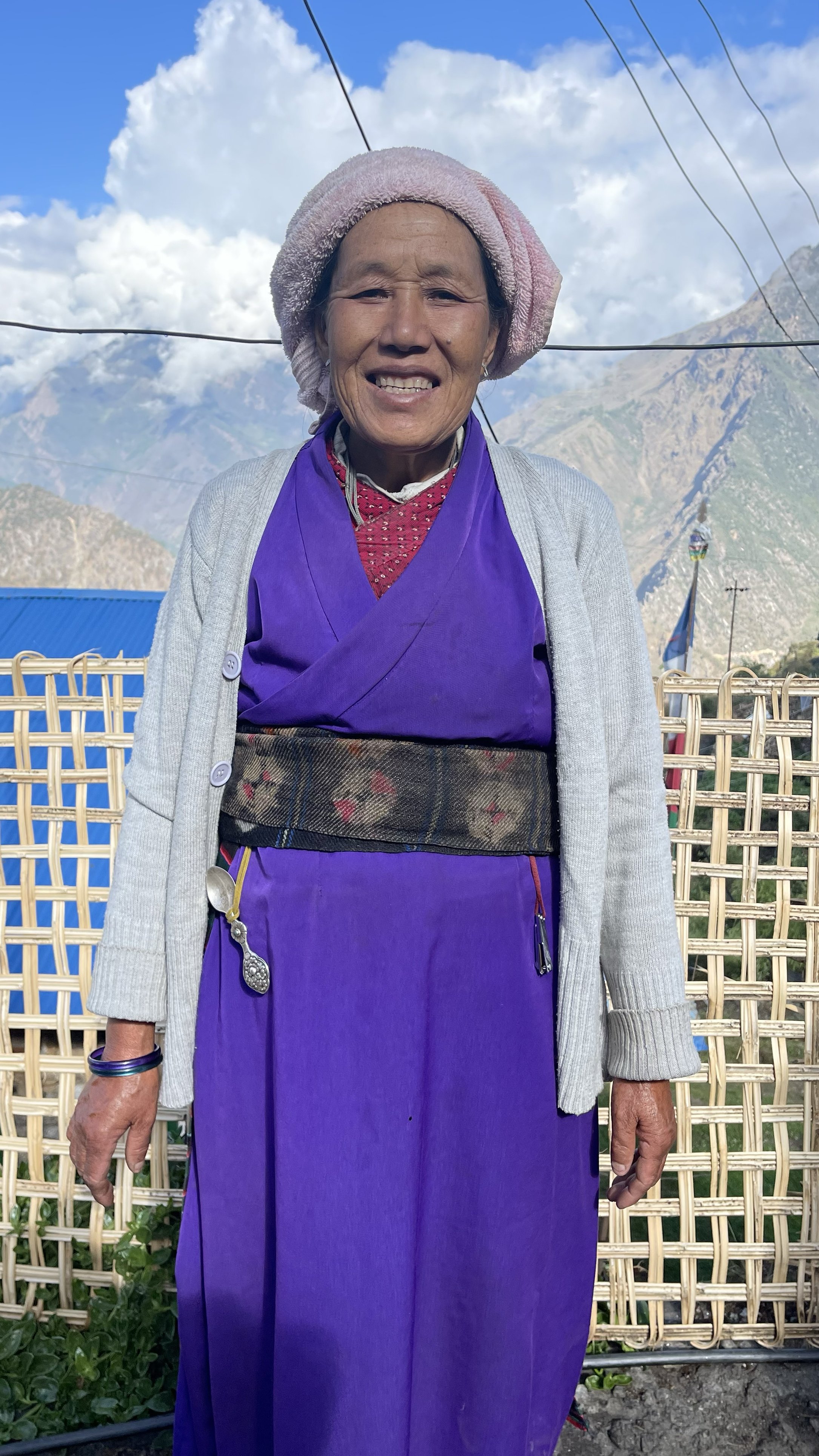Filling the Cracks: A Tribute to Resilience
“When the Japanese mend broken objects, they aggrandize the damage by filling the cracks with gold. They believe that when something has suffered damage and has a history, it becomes more beautiful.” – Barbara Bloom
In 2019, during the COVID-19 pandemic, I embarked on a journey to the Langtang Valley in Nepal, a region deeply scarred by the 2015 earthquake. Following a trekking route from Khanjim to Kyagjin village and ascending the 5000-meter peak of Cherko Ri, I witnessed not only the breathtaking beauty of the Himalayas but also the profound scars left by nature’s force.
Langtang Valley, once a thriving home for mountain communities, bore the devastating impact of the earthquake. Avalanches and landslides buried entire villages, including Langtang, where hundreds perished beneath rock and ice. Yet, in the face of unimaginable loss, the valley's story is not just one of destruction—it is one of resilience, hope, and renewal.
Rebuilding in Langtang has been slow and arduous, with materials carried by hand or mule across treacherous paths. Yet, the people have persevered, reconstructing homes, lodges, and teahouses, not just to survive but to restore their heritage and welcome the world once again.
Much like the Japanese art of Kintsugi, where broken pottery is mended with gold, Langtang’s people have embraced their scars, turning their wounds into symbols of strength. My paintings in this exhibition reflect this philosophy—honoring the cracks, the history, and the resilience that makes something even more beautiful after it has been broken.
Through my art, I seek to capture not only the rawness of destruction but also the luminous strength that emerges from it. Just as the people of Langtang have filled their fractures with perseverance and spirit, I hope my work contributes to the conversation of healing, endurance, and the quiet power of rebuilding.
